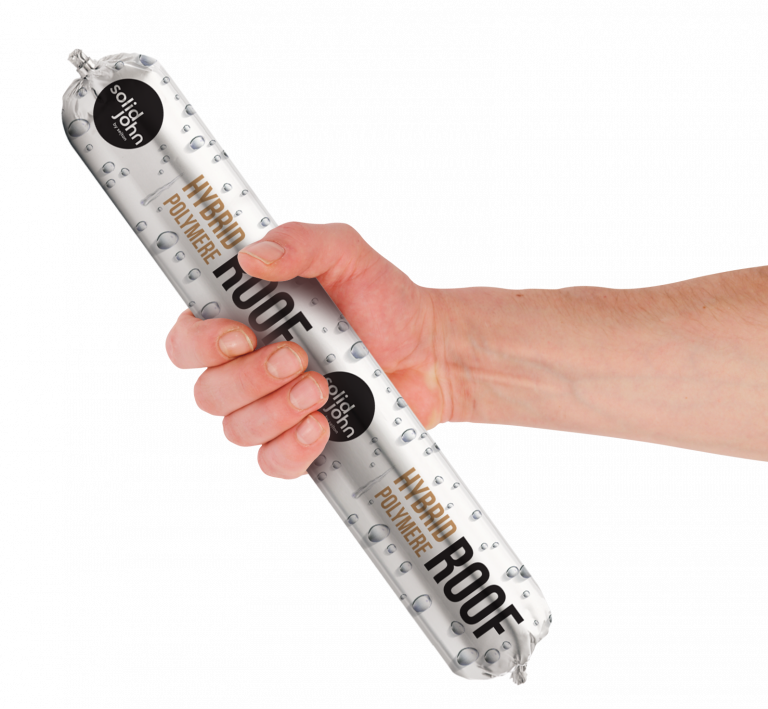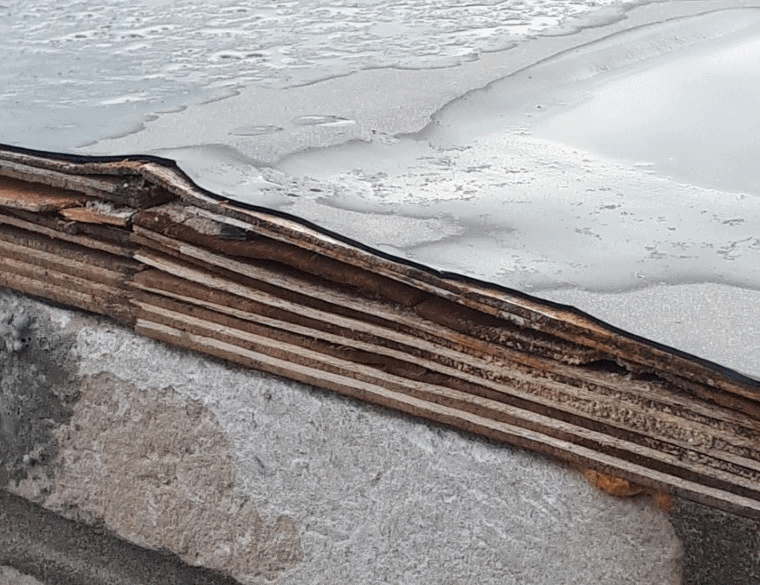Regular plywood and film faced plywood are both widely used materials in the construction world. Solid John has done more than 2 years of research on the best plywood for humid conditions. Less than 10% of trade professionals in Belgium know the exact difference.
Let’s start with regular plywood, the most common of the two. “Ply” refers to a layer of veneer that is just a few mm thick. “Plywood” is several thin layers of wood glued and pressed together with the direction of the grain alternating. The layers are glued together.
Plywood has been used for centuries in furniture, interior design and construction. A special smooth type of plywood has been developed specifically for concrete formwork. That particular type is called “film faced plywood”.
Film faced plywood has a smooth top layer, whereas regular plywood has 2 decorative grade top veneers. This summarises the difference between regular plywood and film faced plywood: same core, different top layers.
Common wood types such as birch, poplar and eucalyptus are used for both regular and film faced plywood. The true quality of a panel is determined by its core. A weak core cannot be rectified by the top layer. That goes for both regular and film faced plywood.
Regular and film faced plywood are often regarded as twins because they look very similar, but their skin type is very different.
Author: L. D’hulst, Solid John






